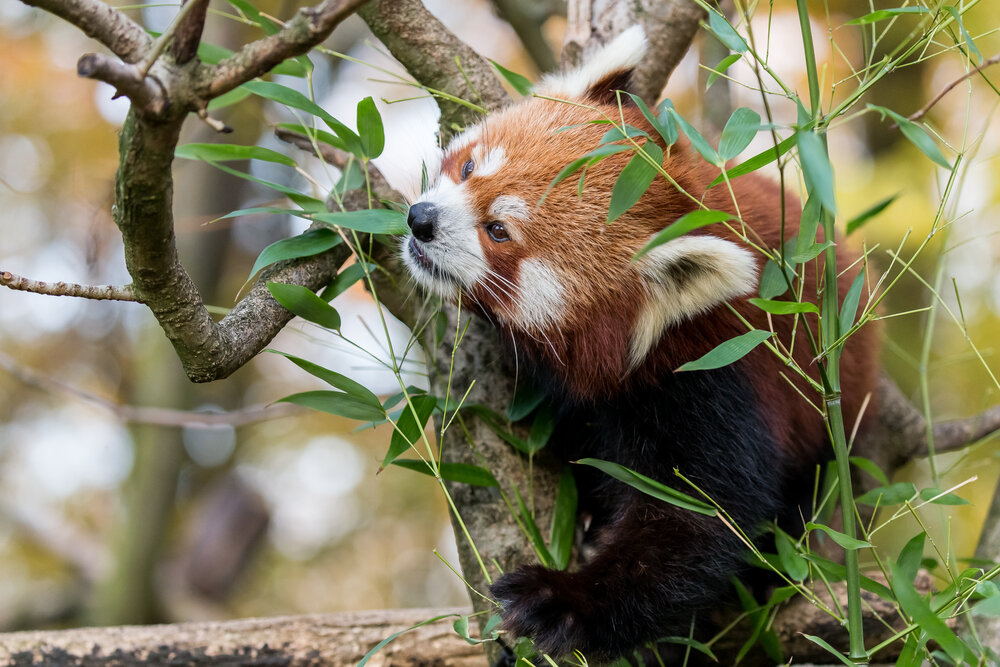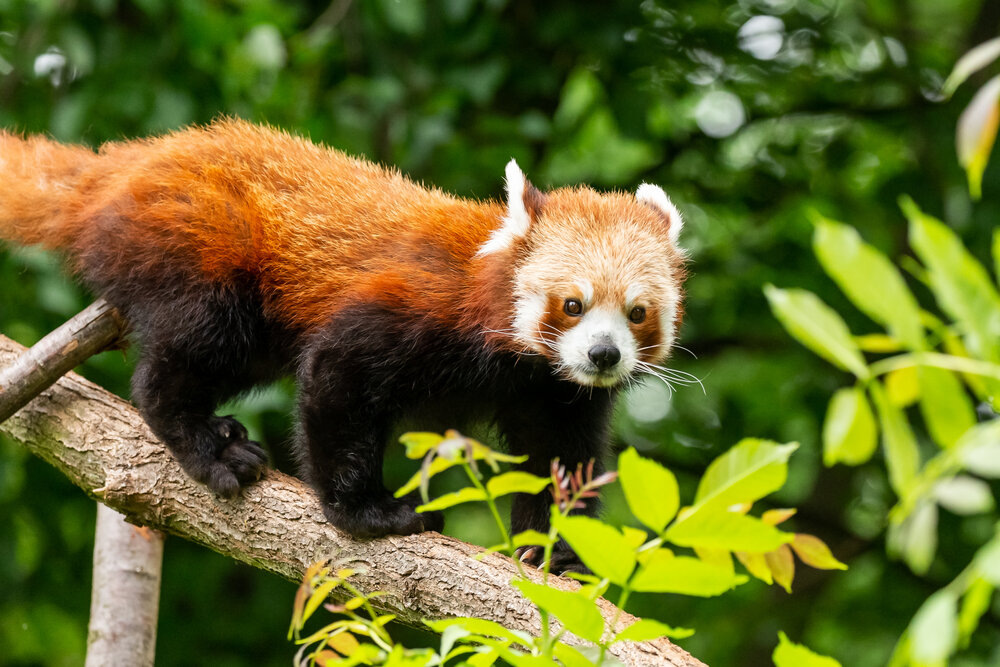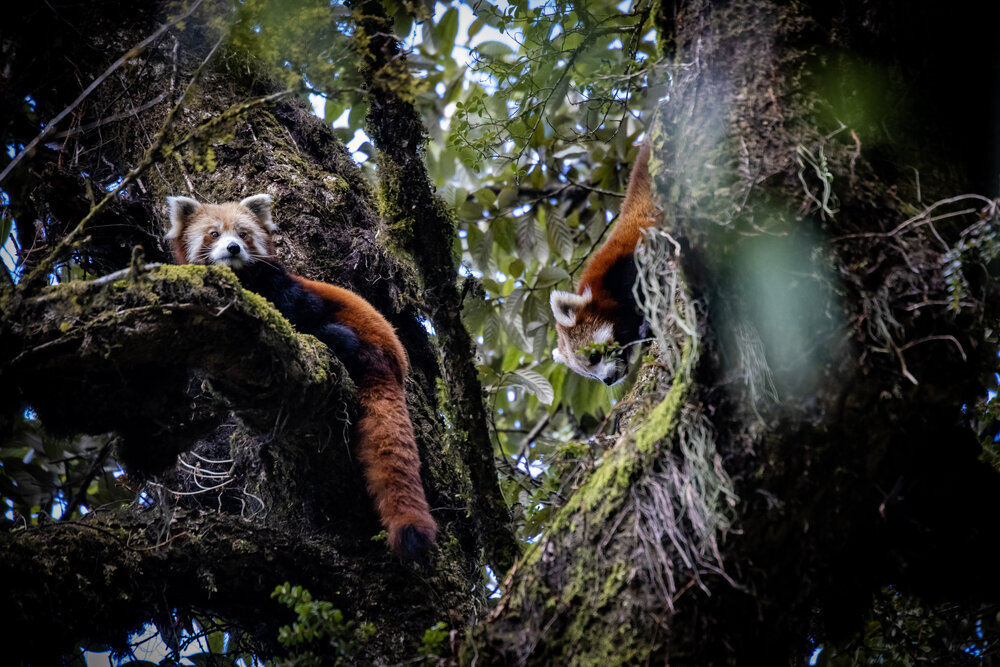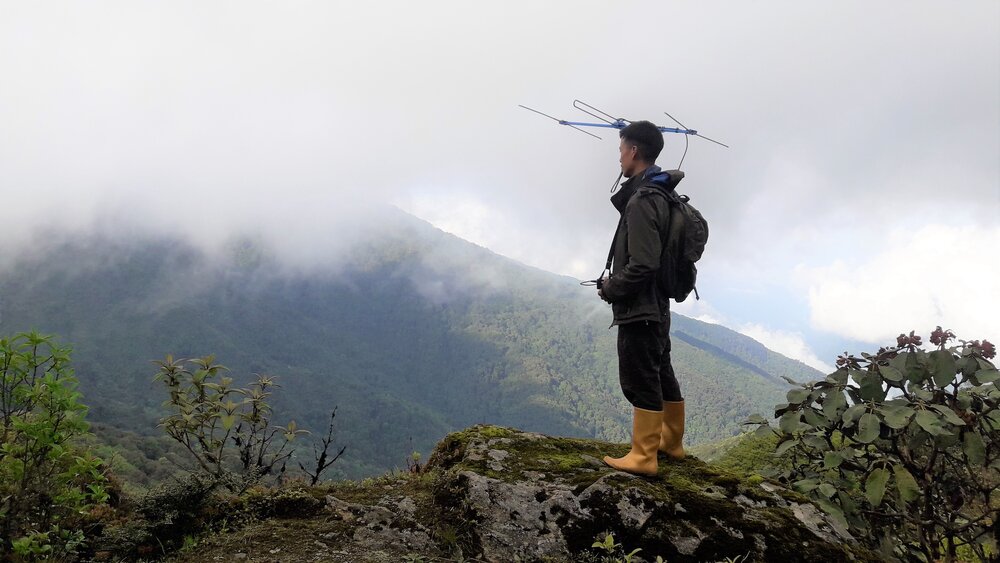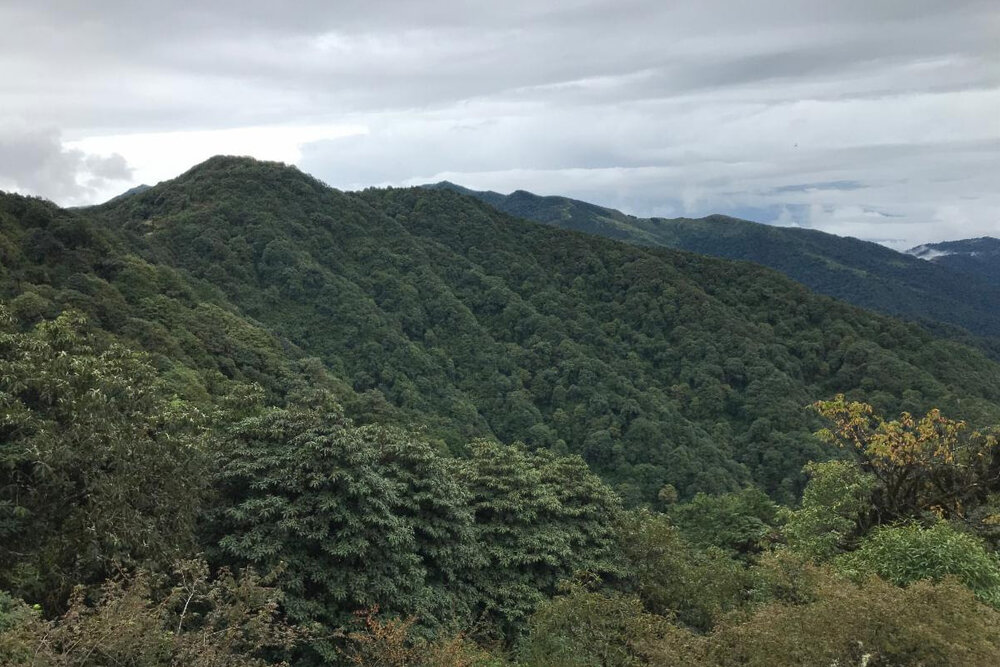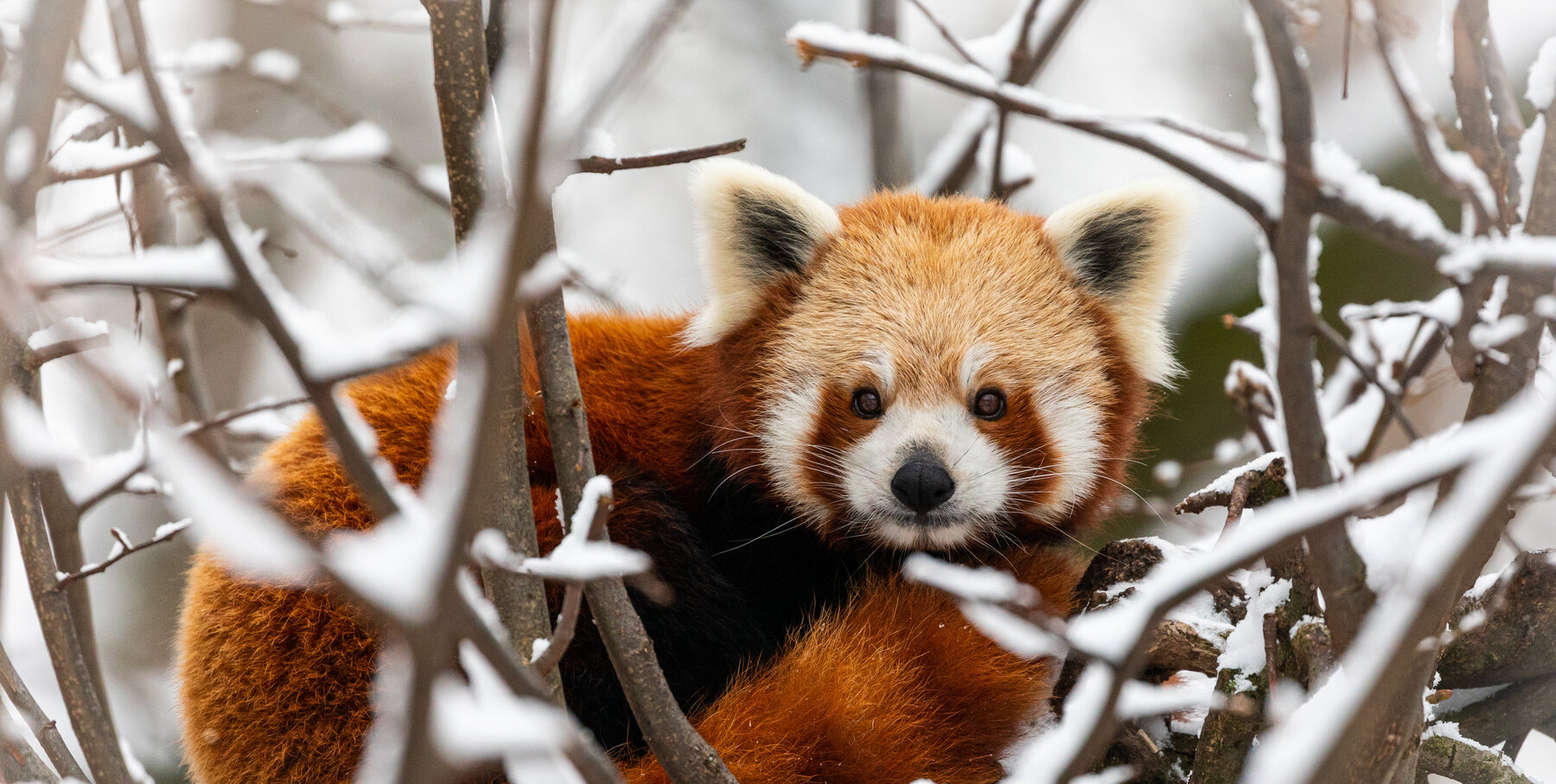
Red panda
Berlin’s zoos are supporting efforts to protect the red panda in the Himalayan forests of Nepal.
Project facts
- Project name
Red Panda Network
- Species
Red panda (Ailurus fulgens)
- IUCN threatened status
Endangered (EN)
- Project location
Nepal, India, China, Bhutan und Myanmar
- Greatest threats
Habitat loss and hunting for fur
- Response
Population monitoring, protecting the forest habitat by promoting alternative resources, raising public concern for nature and species conservation
Threat Categories of IUCN


Red pandas in Berlin
The much-loved red panda is the sole living representative of the mammal family Ailuridae. It is not in fact a close relative of its namesake, the giant panda. However, both species do share the same favourite food: bamboo. Once described as the “most beautiful mammal in the world”, red pandas first came to Zoo Berlin in 1933. Tierpark Berlin got its first three red pandas in 1961. They were introduced to the public at the start of the new season as the park’s star attraction. The red panda remains one of the most popular animals with zoo visitors, which is why it is frequently used as the poster child for zoo advertising – not only in Berlin. In 1980, the red panda adorned a series of stamps marking the Tierpark’s 25-year anniversary; it featured on posters advertising the Tierpark in 1964 and 2002; and it has repeatedly been used on Tierpark signs.
Living on top of the world
The two subspecies of red panda are found in the Himalayan region. Their preferred habitat is high up in humid mountain valleys – 1,500 to 4,000 metres above sea level – where there is thick vegetation and plenty of bamboo. This habitat stretches from northern India into the mountainous regions of Nepal, Bhutan, Myanmar and China. The western red panda (A. f. fulgens) inhabits the Eastern Himalayas, a region that encompasses the Chinese province of Xizang and the northwestern part of Yunnan province, northeastern India, and northern Myanmar. Eastern red pandas (A. f. styani) live in the Chinese province of Sichuan and in northern Yunnan. Here, they occasionally run into their fellow bamboo lovers, giant pandas. The IUCN classifies red pandas as “Endangered”, as there are fewer than 10,000 of the animals left in the wild – an estimated half of them in India and just 1,000 in Nepal.
Destruction of protective forests
The main threat to the survival of the red panda is deforestation of its Himalayan habitat, both to obtain firewood and building materials and to turn the woodland into arable land. In the Indian state of Sikkim, where the red panda is the official state animal, the human population has more than doubled in the past 30 years. Also, road building has increasingly fragmented the animals’ remaining habitat. This disrupts natural genetic exchange between populations, leading to a greater probability of inbreeding, increased risk of disease due to reduced genetic variability, and lower reproduction rates due to the geographic isolation of these solitary animals.
Hunted by humans and animals
Red pandas are also under threat from poaching. Despite bans, they are still hunted for their fur, which is used to produce hats and brushes. In addition, they risk falling prey to feral dogs if they leave the safety of the trees. Zoo and Tierpark Berlin support the work of the Red Panda Network, which has been protecting these unique animals and their natural habitat since 2007.
Creating alternatives
To combat the decline in red panda numbers through loss of habitat, project workers from the Red Panda Network are developing alternative sources of income for local people in an attempt to ease the strain on the remaining woodland. Another important task is to reconnect remaining habitats by restoring lost forest. Also, promoting the use of energy-efficient stoves and fuel sources ensures that fewer trees are cut down for firewood.
On the right path
Local communities are also being educated about the importance of protecting the red panda and being encouraged to get involved in conservation initiatives. The hope is that this will result in less poaching for fur. The team’s hard work seems to be paying off: according to a recent study conducted by the Red Panda Network, the population of red pandas in the Panchthar, Ilam and Taplejung districts of eastern Nepal is finally growing for the first time.
Photos: © Red Panda Network
